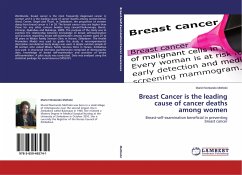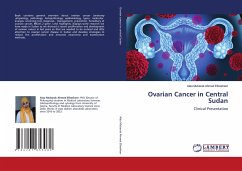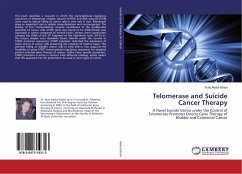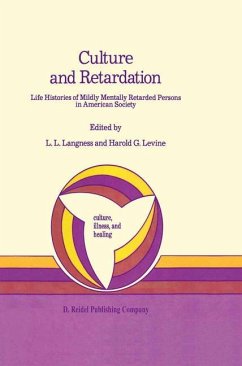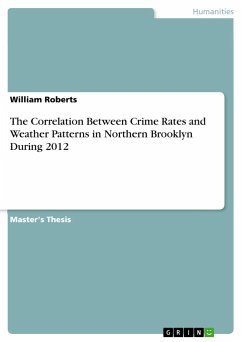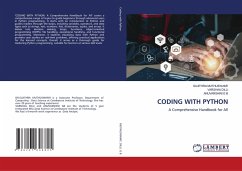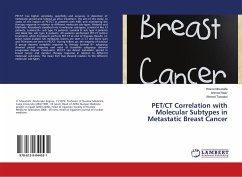
PET/CT Correlation with Molecular Subtypes in Metastatic Breast Cancer
Versandkostenfrei!
Versandfertig in 6-10 Tagen
24,99 €
inkl. MwSt.

PAYBACK Punkte
12 °P sammeln!
PET/CT has higher sensitivity, specificity and accuracy in detection of metastatic spread and follows up after treatment. The aim of this study: to assess of the impact of PET/CT in patients with MBC and monitoring the therapy response in relation to different molecular sub-types. Material and Methods: 40 patients classified into 4 molecular sub-types; Luminal A like 13 patients, Luminal B+ sub type 15 patients, Luminal B- sub type 4 patients and Basal like sub type 8 patients. All patients performed PET-CT before treatment, while 34 patients perform PET-CT at end of therapy. Results: on lesio...
PET/CT has higher sensitivity, specificity and accuracy in detection of metastatic spread and follows up after treatment. The aim of this study: to assess of the impact of PET/CT in patients with MBC and monitoring the therapy response in relation to different molecular sub-types. Material and Methods: 40 patients classified into 4 molecular sub-types; Luminal A like 13 patients, Luminal B+ sub type 15 patients, Luminal B- sub type 4 patients and Basal like sub type 8 patients. All patients performed PET-CT before treatment, while 34 patients perform PET-CT at end of therapy. Results: on lesion based analysis 120 metastatic lesions are seen in CT and bone scan and 76 lesions are seen in PET/CT. During follow up, the majority of luminal A group showed complete response to therapy luminal B+ subgroup showed partial response and most of basal-like subgroup showed progressive disease. Conclusion: PET/CT can detect metastatic spread in breast cancer and monitor therapy response in relation to different molecular sub-types. The mean SUV max showed relation to the different molecular sub-types.



